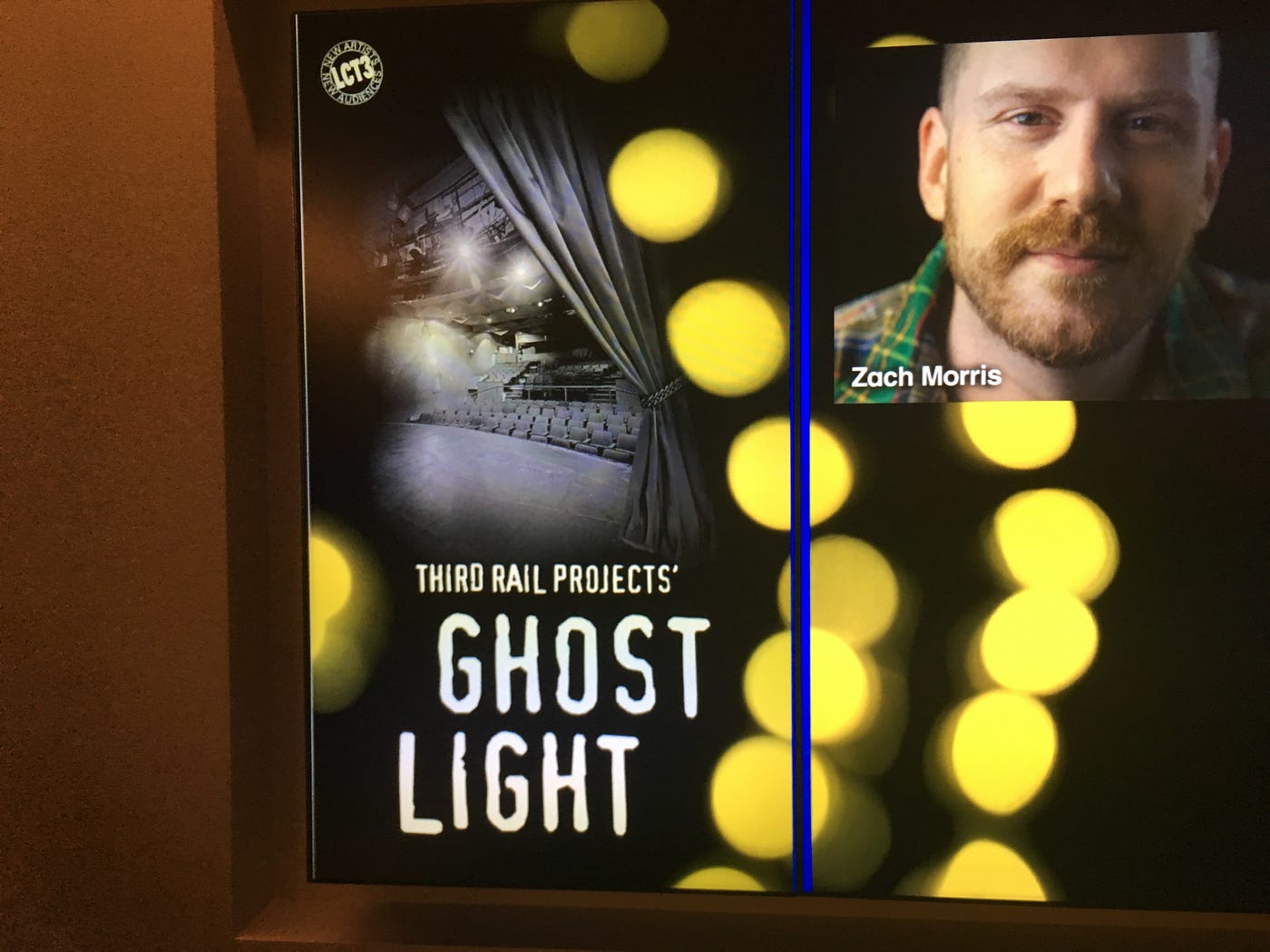
Images by Martin Gimenez
The sweltering heat of New York City over the Fourth of July weekend drives many native New Yorkers to Jersey Shore, the Poconos or one of dozens of other vacation locales. As my summer job is in one of those nearby summer locales, the holiday weekend provided me an excellent opportunity to head into the city and attempt to see as much as humanly possible. So I hopped into my car, drove six hours and caught up on the current state of performance (both immersive and traditional) by seeing six different pieces over twenty nine hours.
Of the six performances, I shall give a most cursory acknowledgement of two of the more traditional proscenium based productions that I saw, being the biting comedy A Doll’s House Part 2 and the sentimentally affecting musical Come From Away, both were still fresh enough in their run that they were both engaging examples of what this excellent commercial Broadway season has to offer.
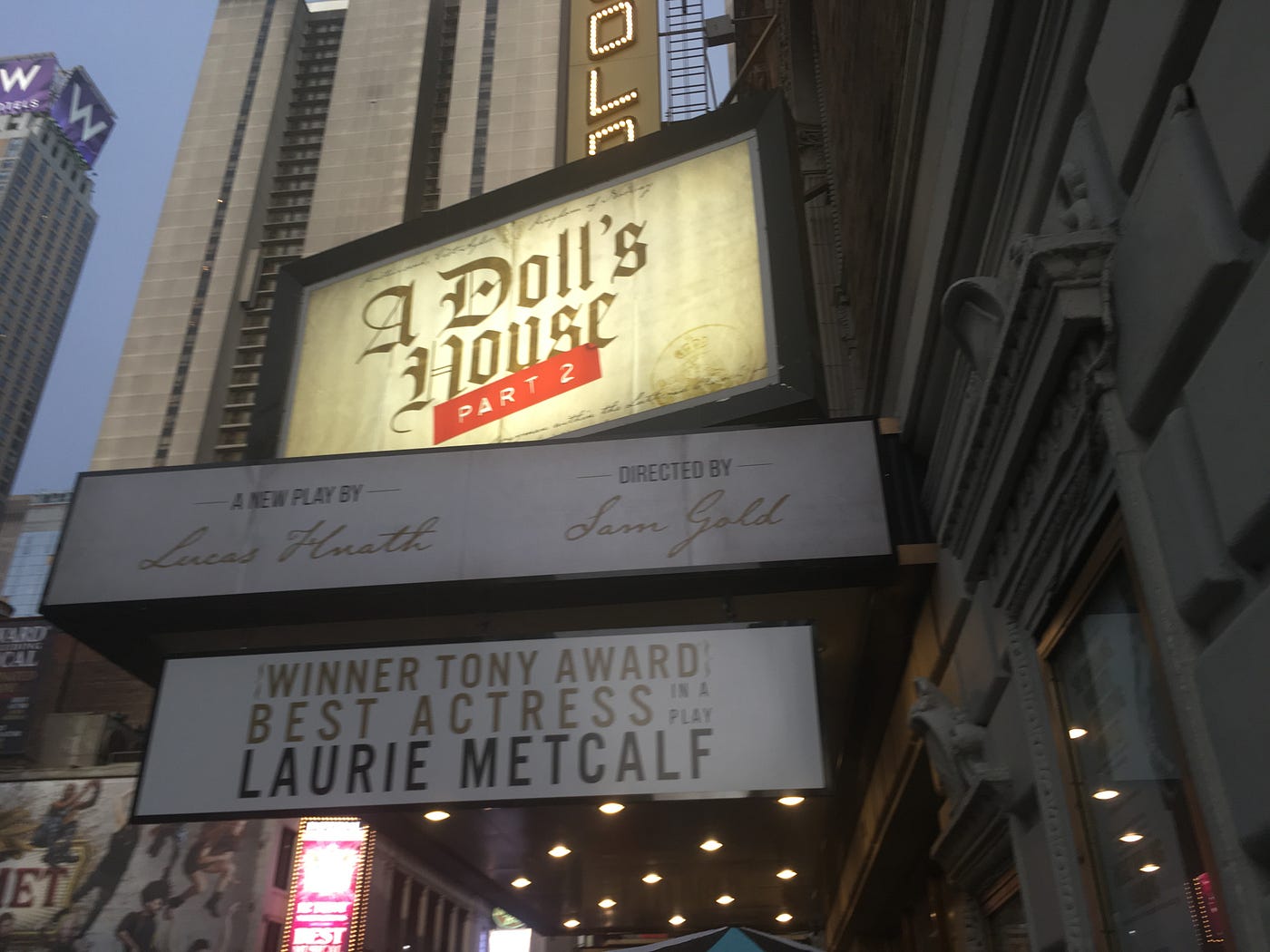
The third Broadway production I saw was the current adaptation of George Orwell’s 1984. As I have previously opined here in No Proscenium, I feel ardently that sound design is the one traditional design element which can make any production, even in a proscenium house, immersive. 1984 is an jarring reminder of how powerful that can be. From the time you enter the theatre, the ominous overtones of industrial machinery are quietly whirring all around you, and as the piece progresses, the various tortures inflicted upon Winston Smith are sonically inflicted upon the audience, thus placing the audience (even within the confines of their comfy theatre seats) viscerally in the middle of the action. Even if we weren’t in the current political climate, this would be a necessary production to see, given the current resident of 1600 Pennsylvania Avenue, this production is vital to our civic dialogue.
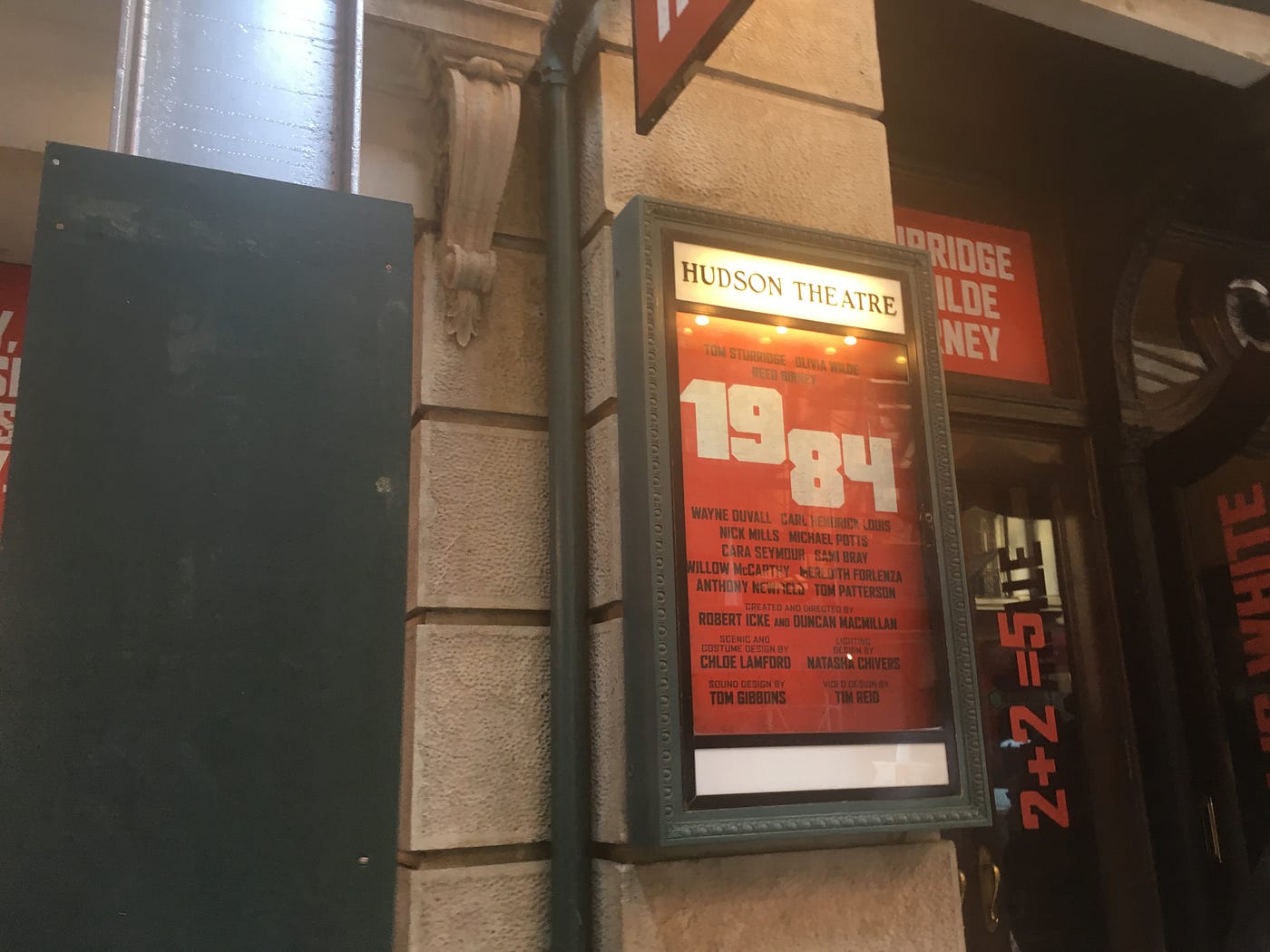
After seeing 1984 and A Doll’s House Part 2 over the course of four hours, I then hopped into a cab and headed up to Lincoln Center to catch my centerpiece of my theatre consumption for the weekend… Third Rail’s collaboration with Lincoln Center Theatre, Ghost Light. Having seen Then She Fell, I was curious as to how Third Rail could deal with various issues, mainly A: scaling up to larger audiences, and B: how would they deal with a traditional proscenium house and all the accoutrements it presents. While the larger audiences led to far fewer one on one encounters (which is one of the most endearing aspects of Then She Fell) there was less loss of intimacy than I expected. This was very deftly done by separating audiences into touring groups of six to twelve with a constant shifting of groups, making sure that you and you fellow audience members could still have a relatively unique experience. As to the question about how would they deal with the traditional theatrical environs, in a word brilliantly. The piece is a veritable love letter to the life of the theatre, done ostensibly in two acts. In my view, one act was an exploration of the life behind the facade, within the confines of the dressing room and rehearsal studio, and the second act was all about the process on the stage and in the audience. As you’re guided through the experience, as you travel from scene to scene, you begin to notice connections with how all of the scenes are intertwined, either through performance or through design, and you begin to wonder, which is the dream of which? This all depends on where you begin your trip through the space. For example, do you see the set model or the stage first? Whichever you saw first will help dictate the narrative in your mind, unless you embrace the mentality that all of this has happened before, and all will happen again. Beautiful as Ghost Light is, I’m doubtful if it will have as much repeatability as other Third Rail pieces, as much of the experience is locked in due to the scale at which they’re performing at. Nonetheless, this is an important step as it is a blue chip not for profit theatre investing in immersive theatre, and we can only hope that other companies across the nation will follow suit.
Get Martin Gimenez’s stories in your inbox
Join Medium for free to get updates from this writer.
SubscribeSubscribe
The next morning, I woke up and ventured to the Park Avenue Armory to the current collaboration by Chinese dissident artist Ai Weiwei with architects Jacques Herzog and Pierre de Meuron, Hansel and Gretel. Upon entering the cavernous Drill Hall, you are enveloped in darkness, and quickly become aware that the floor is being projected upon, and it is tracking all movements of everyone. If you stand still long enough, you will hear the faint humming of a drone hovering over your head. Even more disconcertingly, if you make a large gesture (I for instance was wearing a bright shirt, if I would lay on the ground), you would create a much brighter quadrant, where even the most subtle of movements could be easily tracked. This was much like the famous Rain Room installation, but with far more cynical and nefarious implications. This reminds you, in a playful manner, how surveillance can function, and in the second part of the installation, it comes scarily into focus, by reminding you what is at stake with privacy and society.
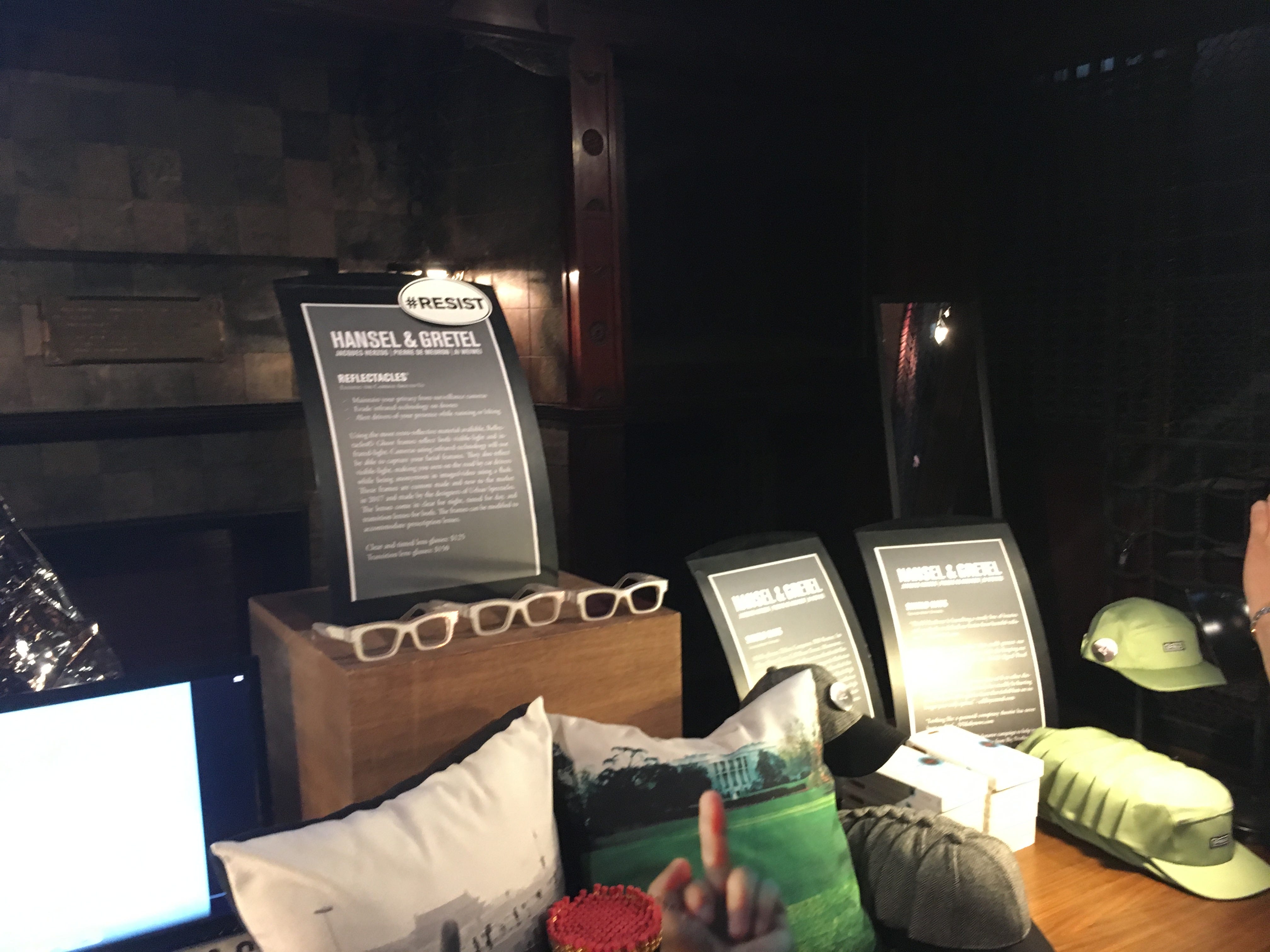

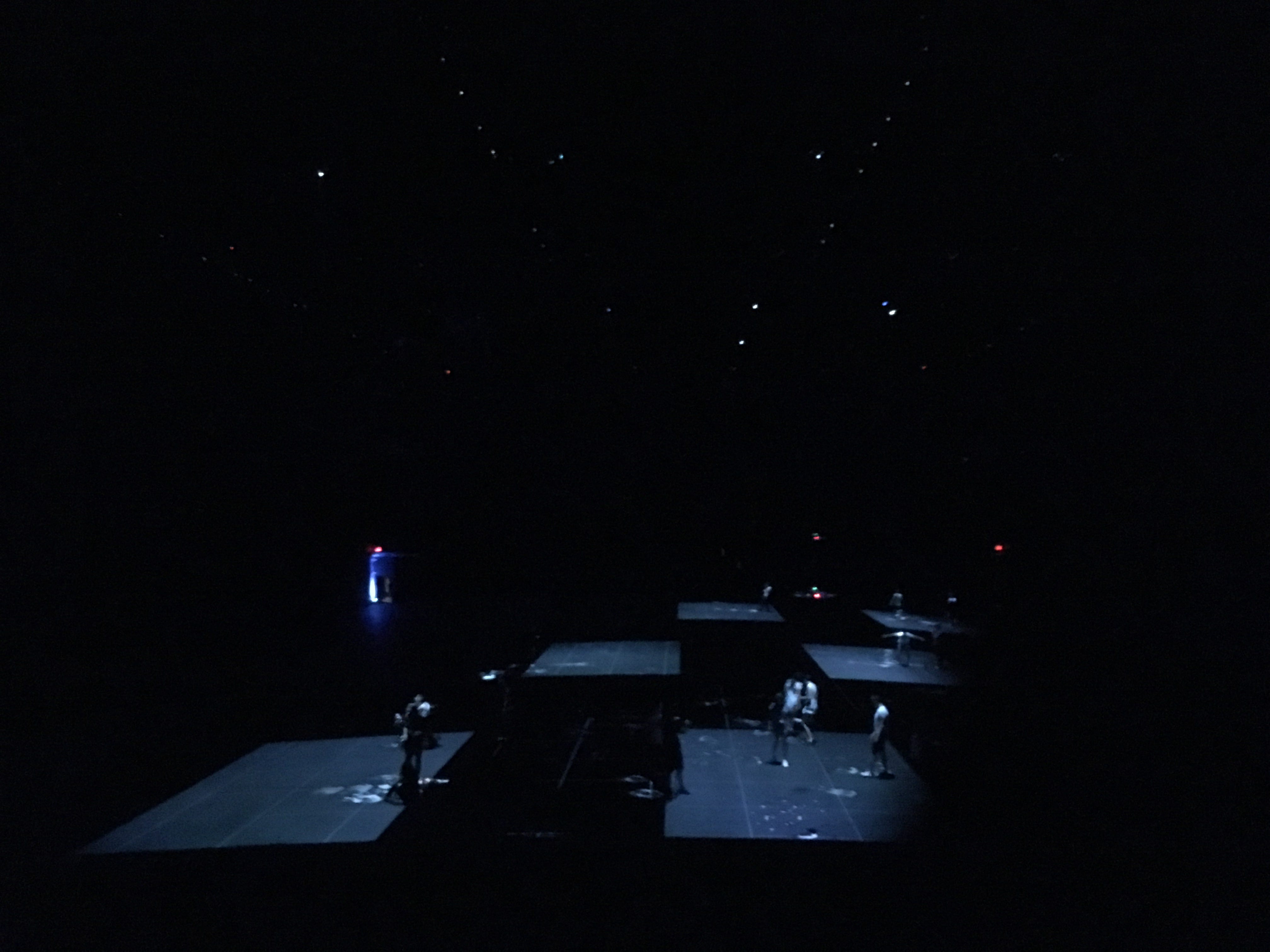
After another show, and an amazing dinner, I checked out my sixth piece in twenty nine hours, Randy Weiner and Ryan Heffington’s immersive dance piece Seeing You. A meditation on war and society’s complacency during wartime, Seeing You is an in your face bombardment of imagery and questions within a sandbox of World War 2 jingoism. Upon entering the already active space, the “pre-show” sequence sets up some of the characters, a brother about to go to war, his sister, another girl pregnant with a Sergeant’s son but afraid to tell him, an old Senator. They play a couple of short scenes in a loop (great, I’m in a World War 2 themed Sleep No More, I was thinking), but then the entire piece becomes much more structured, taking us on a loose narrative which is staring at the void at the end of life (an end which is coming far too quickly for many of the characters), culminating in a USO stage show on a little bit of LSD, with a modern Portishead song no less (far better for Heffington’s frenetic choreography). My major quibble with Seeing You is that it wasn’t sure if it wanted to be as interactive as it was immersive. In an early scene, I was placed in a prominent position and asked to answer a question (written, not spoken), and I doubt that how I answered that question would change anything in the piece. But later in the piece, when I showed some insolence towards a drill sergeant, I was taken to a smaller third experience within the one scene where the audience is clearly split.
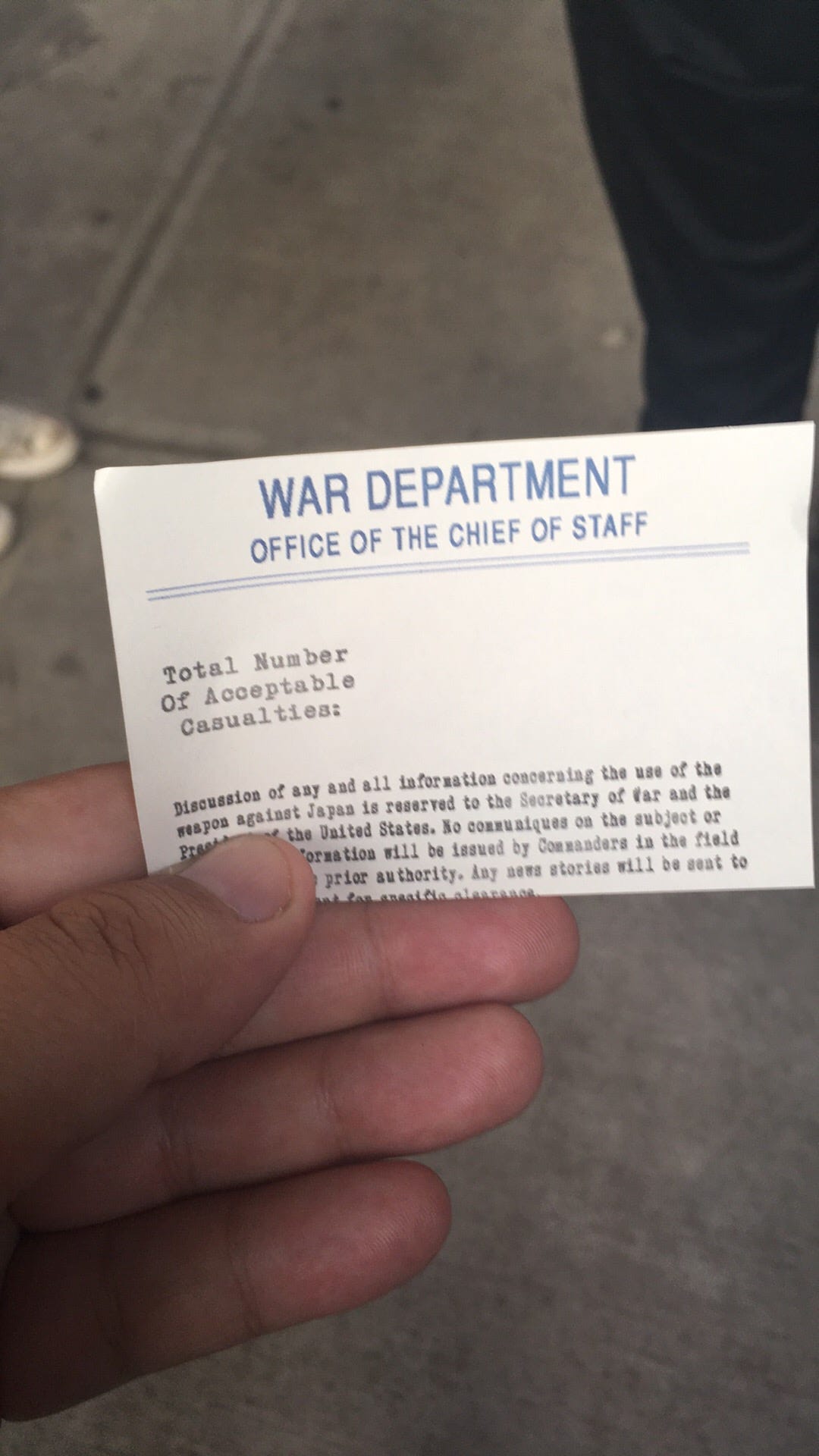

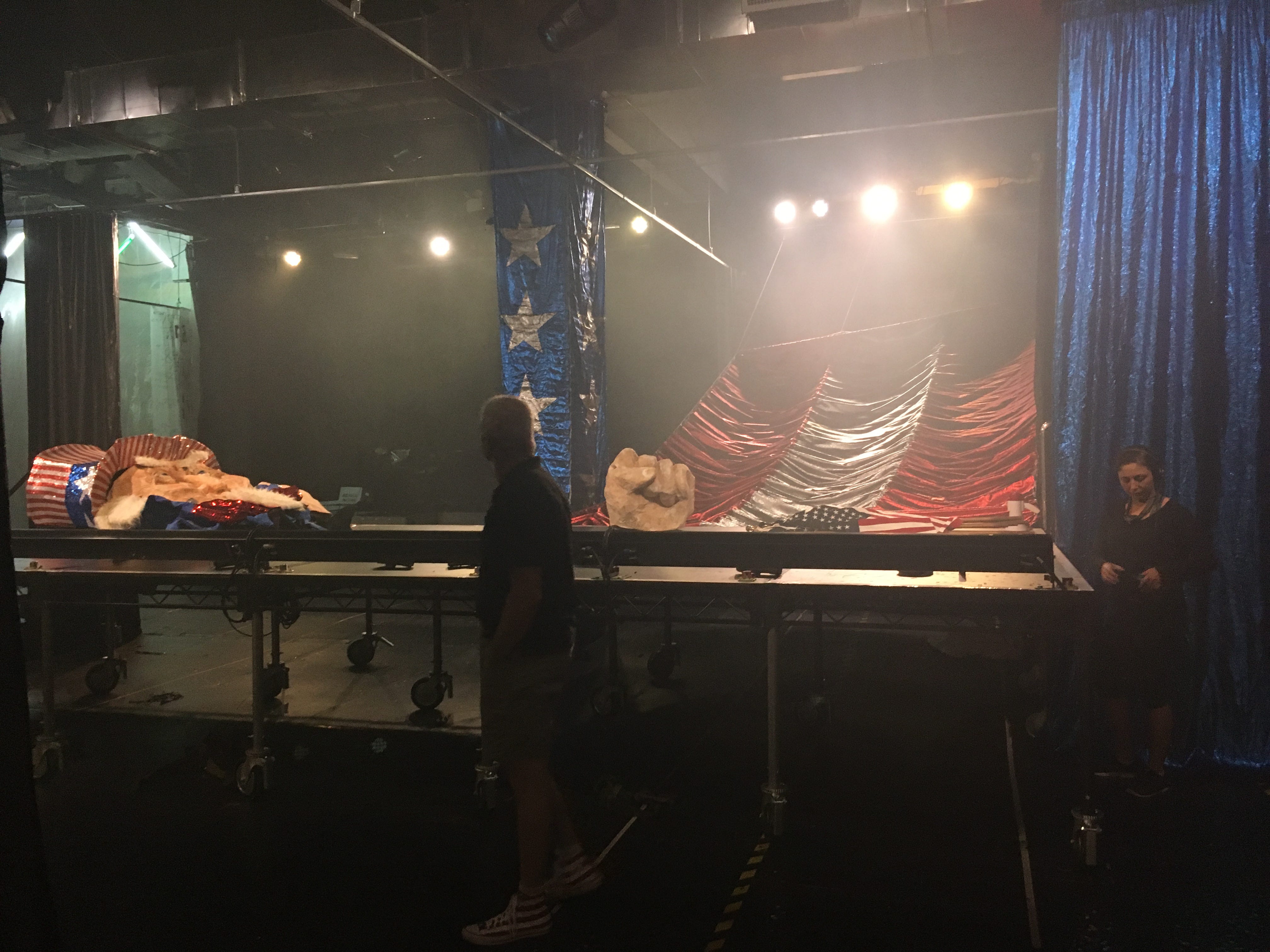
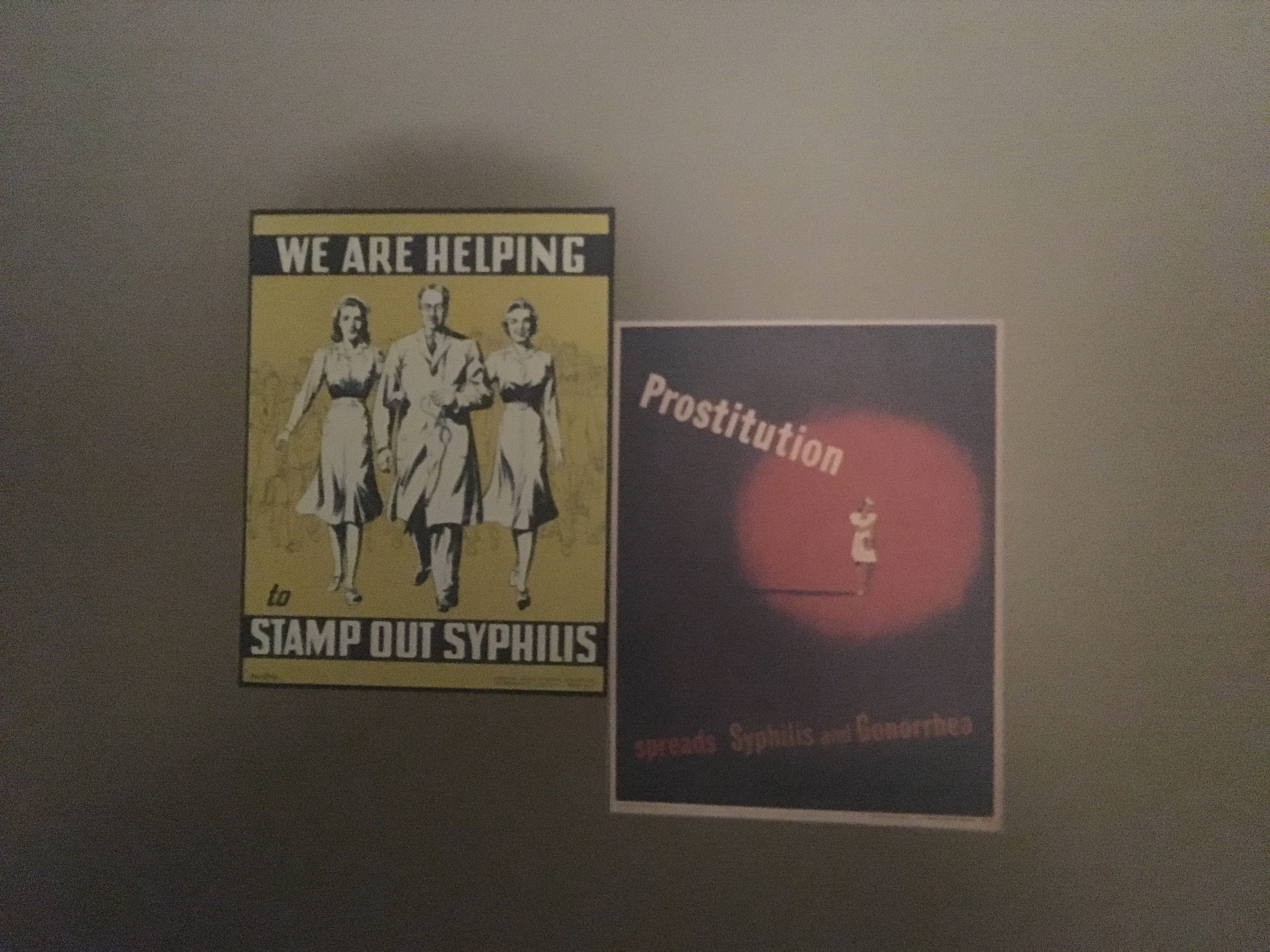
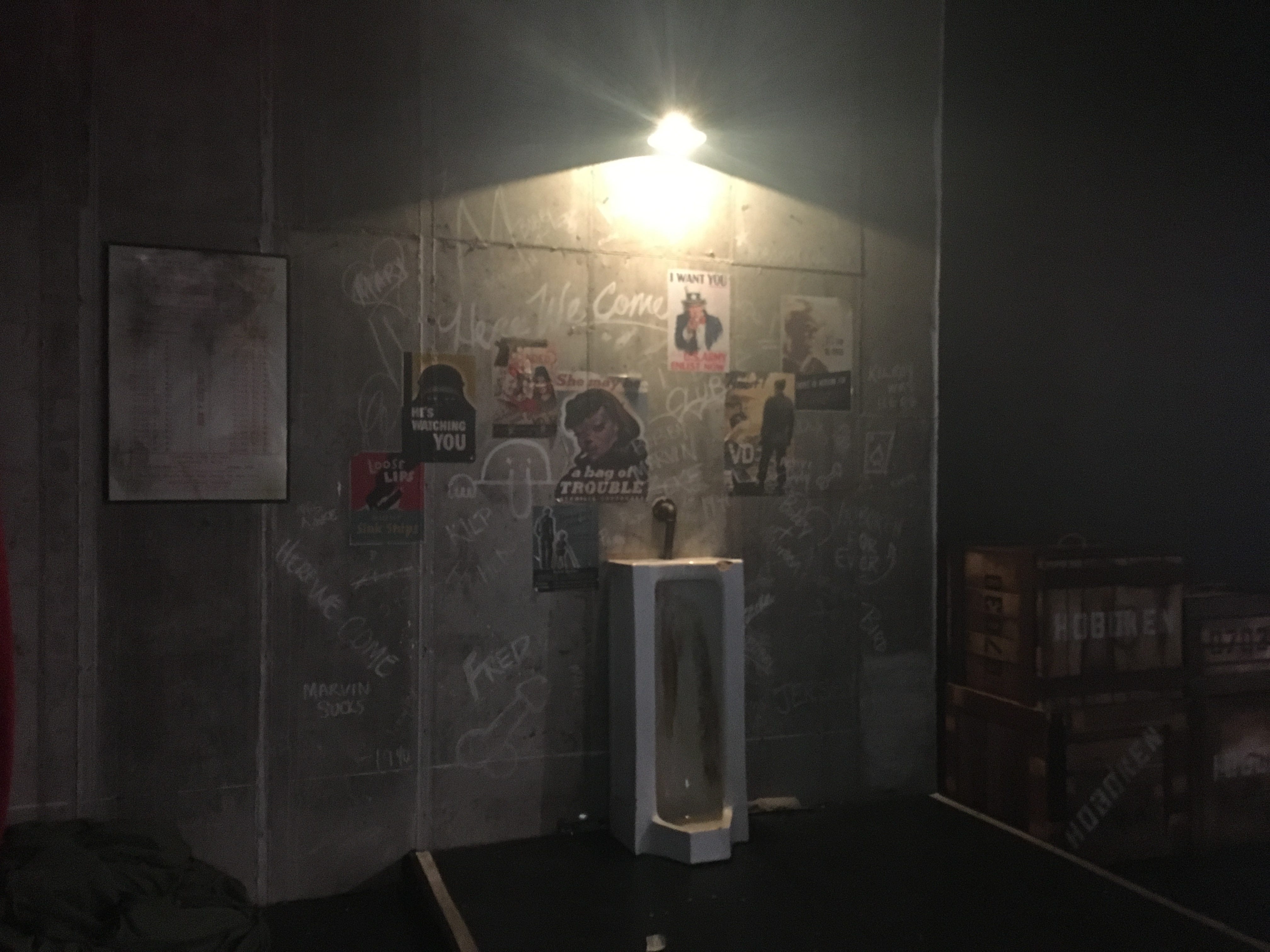
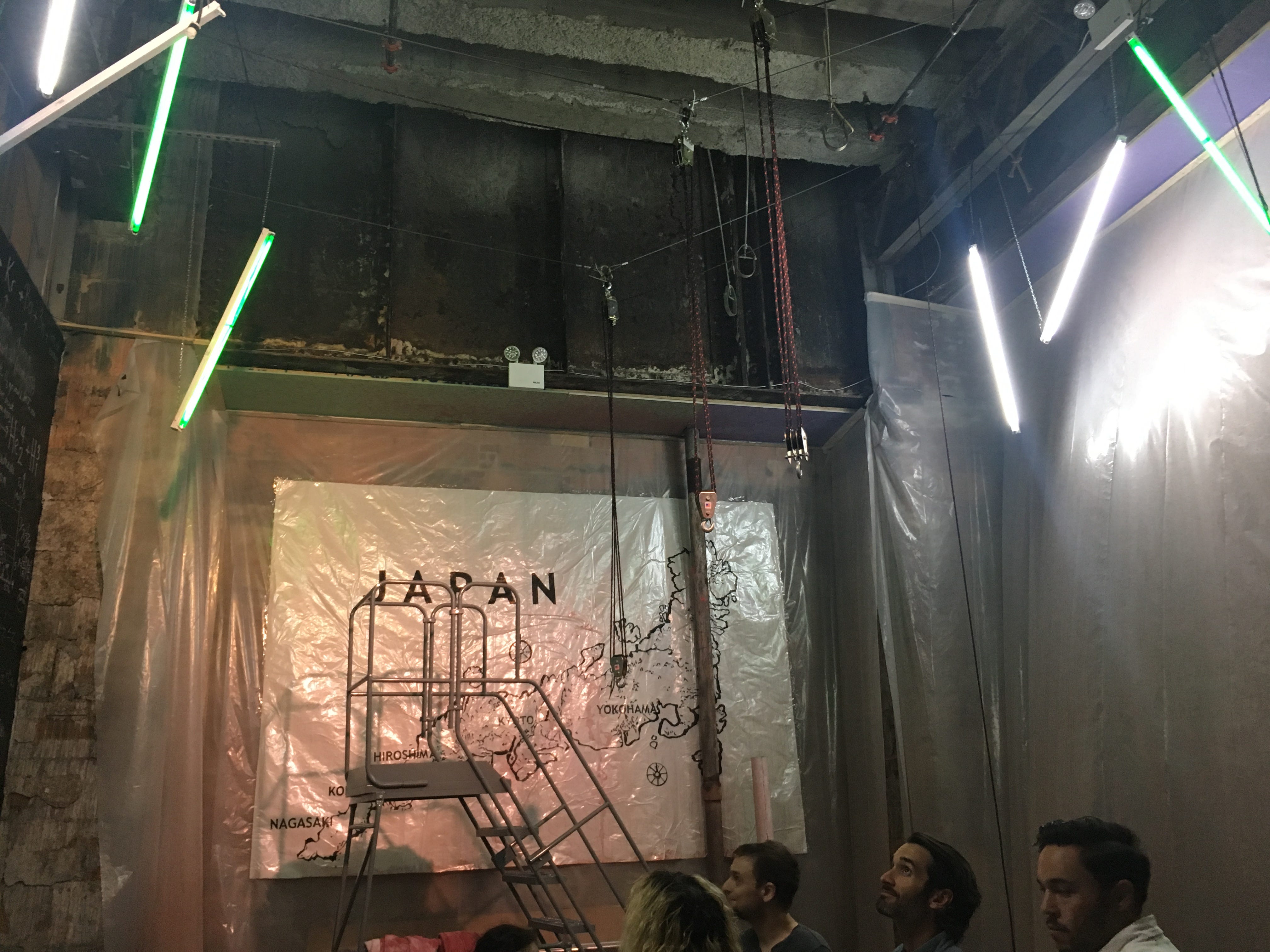
All in all, while I enjoyed Seeing You, I felt that Ghost Light was far better thought out, which leads me to an important observation about our current moment… We are on the cusp of something great. When there isn’t just one major, well funded, immersive piece that everyone needs to see, but four or five, we have a problem of riches. This is where we need to be in all major cities across the land, and hopefully, I won’t have to do more crazy, sleep deprived binges like the one I just did in New York, because I’ll be able to do that in Chicago, San Francisco or Los Angeles (although, we’re close to this state in LA!).
Join the fastest growing immersive arts & entertainment community on the planet: EVERYTHING IMMERSIVE.


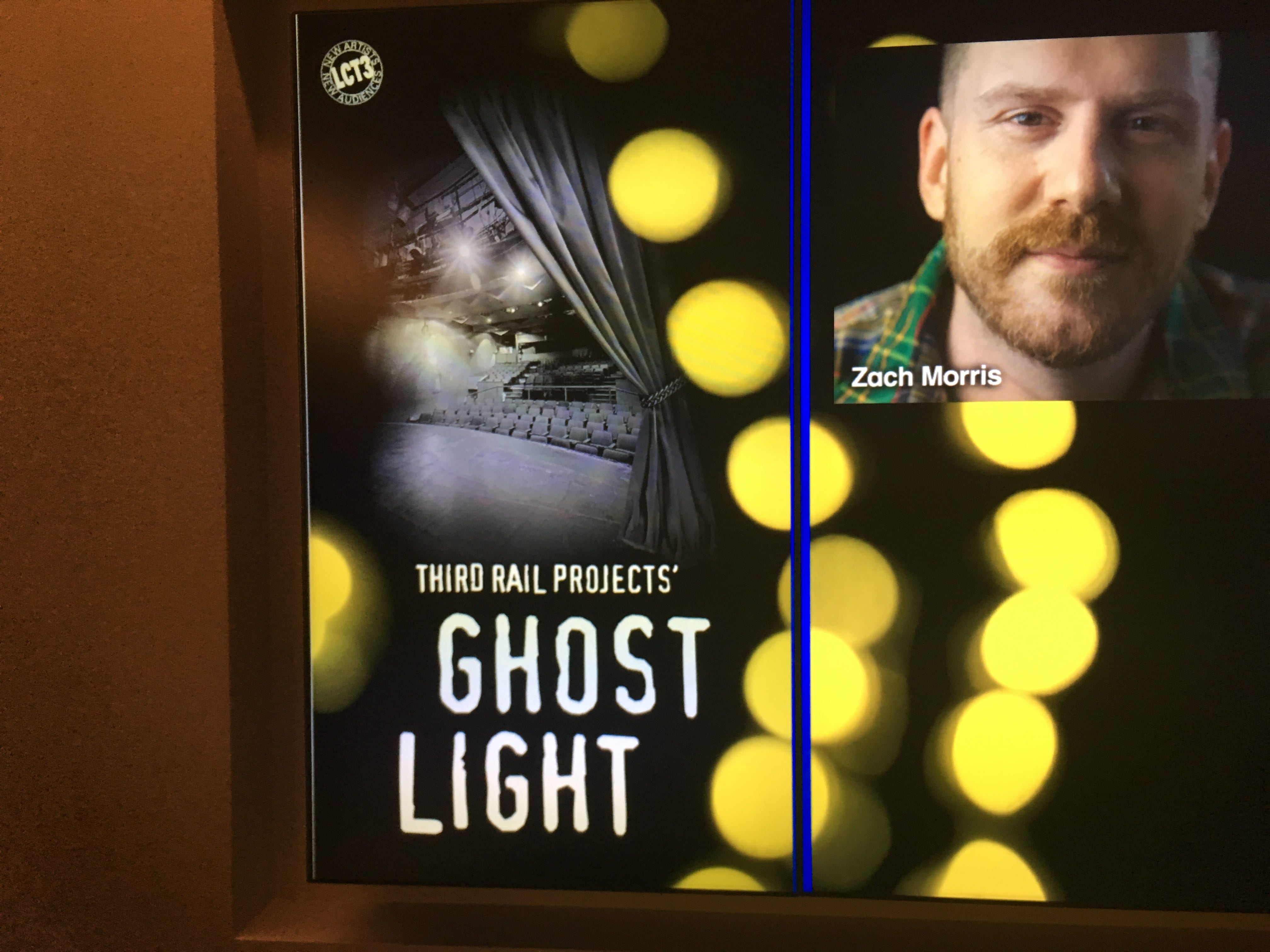

















Discussion